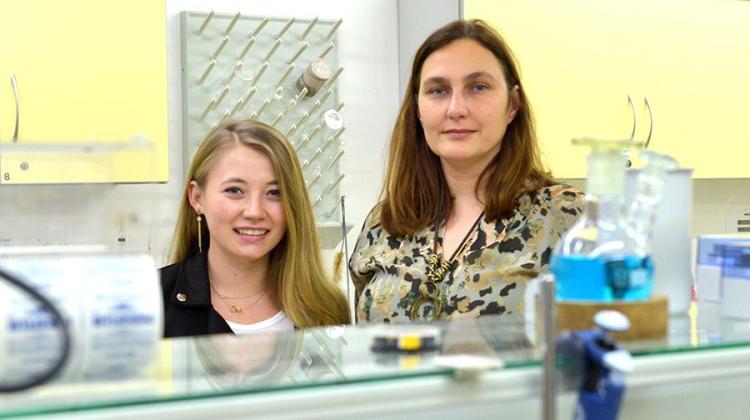Skutterudites for laymen and erudites
 Photo: Fotolia
Photo: Fotolia
Hundreds of new, previously unknown compounds can be created thanks to the research projects of an international team of researchers, including Polish scientist. Researchers have described a new family of compounds derived from minerals - skutterudites.
The results of the study, which involved scientists from the US, Germany and Poland, have been published in the prestigious journal "Nature Communications". Co-author of the publication is Dr. Tomasz Klimczuk from the Faculty of Applied Physics and Applied Mathematics, Gdańsk University of Technology.
According to Gdańsk University of Technology press release, skutterudites are minerals based on arsenic. It is also the name of a huge family of compounds with the formula BX3 or AB4 X12, where A is alkali metal or alkaline earth metal, B - group 8 element (iron, ruthenium, osmium), and X is antimony, arsenic or phosphorus. Depending on which metals from groups A and B bind with antimony, compounds have different physical properties: they can be, for example, superconductors or thermoelectrics - generate electric potential as a result of the existence of a temperature difference on opposite ends of the device.
The paper describes the 43 new compounds. The number of new skutterudites, which can be create the same way reaches several hundred. Huge potential of the group of compounds described by the researchers was the reason why the article had been accepted for publication by such a prestigious title. The researchers studied the physical properties of some of the compounds, looking for superconductivity.
"We have not find it, but we are not done yet. The search will continue - emphasised Dr. Tomasz Klimczuk. - When you open the door to such a large >>room<< you can find anything. It is certainly worth it to produce and study further compounds."
Tomasz Klimczuk explained that the idea to replace the group 8 element with and element from an adjacent column – cobalt in skutterudites was born in the lab of a renowned discoverer of superconductors, Prof. Robert J. Cava of Princeton University. Physicist from Gdańsk University of Technology admitted new compound was not easy to prepare. "The structure was not stable" - commented Dr. Tomasz Klimczuk.
He explained that cobalt has one more electron than iron. If in skutterudites four iron atoms would be replaced with four atoms of cobalt, there would be too many electrons in the structure. The researchers decided to take a "surplus" of electrons from the antimony and instead of 12 atoms of this element use only eight, and replace the remaining four atoms with atoms of tin, which has one electron less than antimony - thus successfully remove the excess electrons and stabilize the structure.
"No such attempts have been made before, and Prof. Cava likes to entrust me with risky tests, because I do not give up, even though 99 percent of such experiments are failures. I tried and succeeded. - says the physicist from Gdansk University of Technology. - I made the first, second, third compound, and after the tenth I had to return to Poland”.
The researcher would like to continue the research in Poland. "The idea is ready, I have students willing to do laboratory work, I also have the materials and furnaces, in which the synthesis can be carried out" - said the researcher. He hopes that he can raise funds for the purchase of modern X-ray diffractometer, which would allow to better study the new family of compounds.
PAP - Science and Scholarship in Poland
lt/ mki/ mrt/
tr. RL
Przed dodaniem komentarza prosimy o zapoznanie z Regulaminem forum serwisu Nauka w Polsce.


















